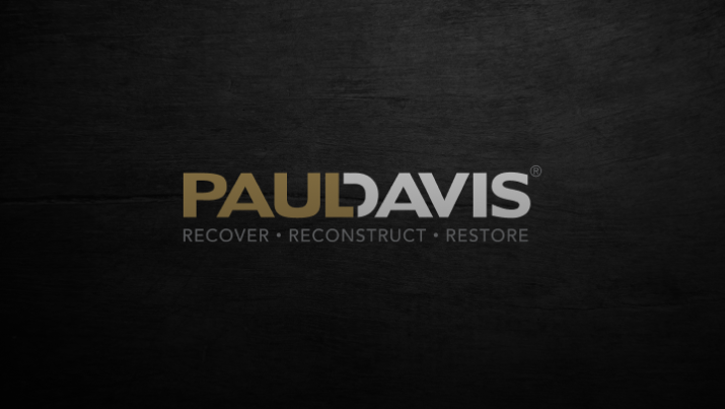Frozen pipes are something that no property owner wants to deal with. As the water in frozen pipes expands, it can cause pipes to break and floods to occur. In fact, a crack as small as 1/8″ can cause 250 gallons of water to flood in a day. There is no way to guarantee that this never happens in Colorado Springs, but there are things you can do to prevent this from happening. The steps below may be able to prevent frozen pipes and flooding.
#1: Drain outdoor water
Outdoor pipes are obviously more susceptible to freezing. Schedule time to drain sprinkler supply lines, swimming pools, and outdoor hose bibs. It is also wise to drain hoses and store them in your garage or shed.
#2: Install pipe sleeves or heat tape to exposed pipes
It’s critical to insulate any pipes in your home that are exposed. Use heat tape or pipe sleeves to provide extra protection from chilly weather.
#3: Monitor your thermostat
Break the habit of turning off your thermostat to save money in the winter. Ensure that your thermostat isn’t set lower than 55 degrees, especially if you leave town.
#4: Consider adding insulation
Are your basement, attic, or crawl space lacking insulation? If so, you should think about adding some. Doing this won’t only lower the possibility of broken or frozen pipes, it will also help lessen the blow of utility bill costs.
#5: Be prepared
If you see a slow trickle when you open a faucet, you may have a frozen pipe on your hands. Keep the faucet open and apply heat, either with a hair dryer or electric heating pad, to the pipe. (Do not use an open flame device.) Maintain heat until water pressure returns.
Contact Paul Davis Restoration of Colorado Springs, CO as soon as possible if you experience a broken pipe in your Colorado Springs property. Our flood restoration services are able to provide assistance and get you back on your feet soon.




